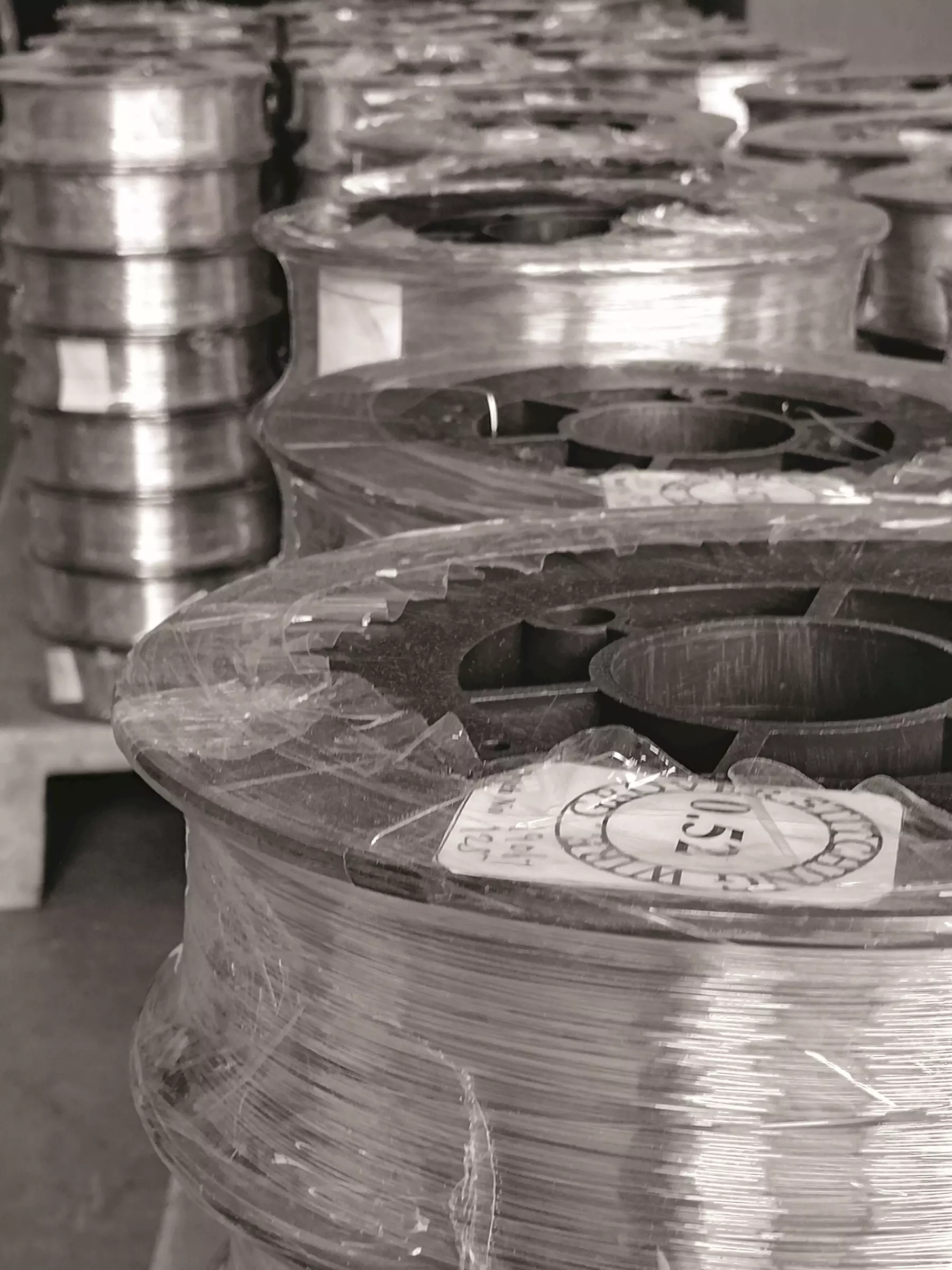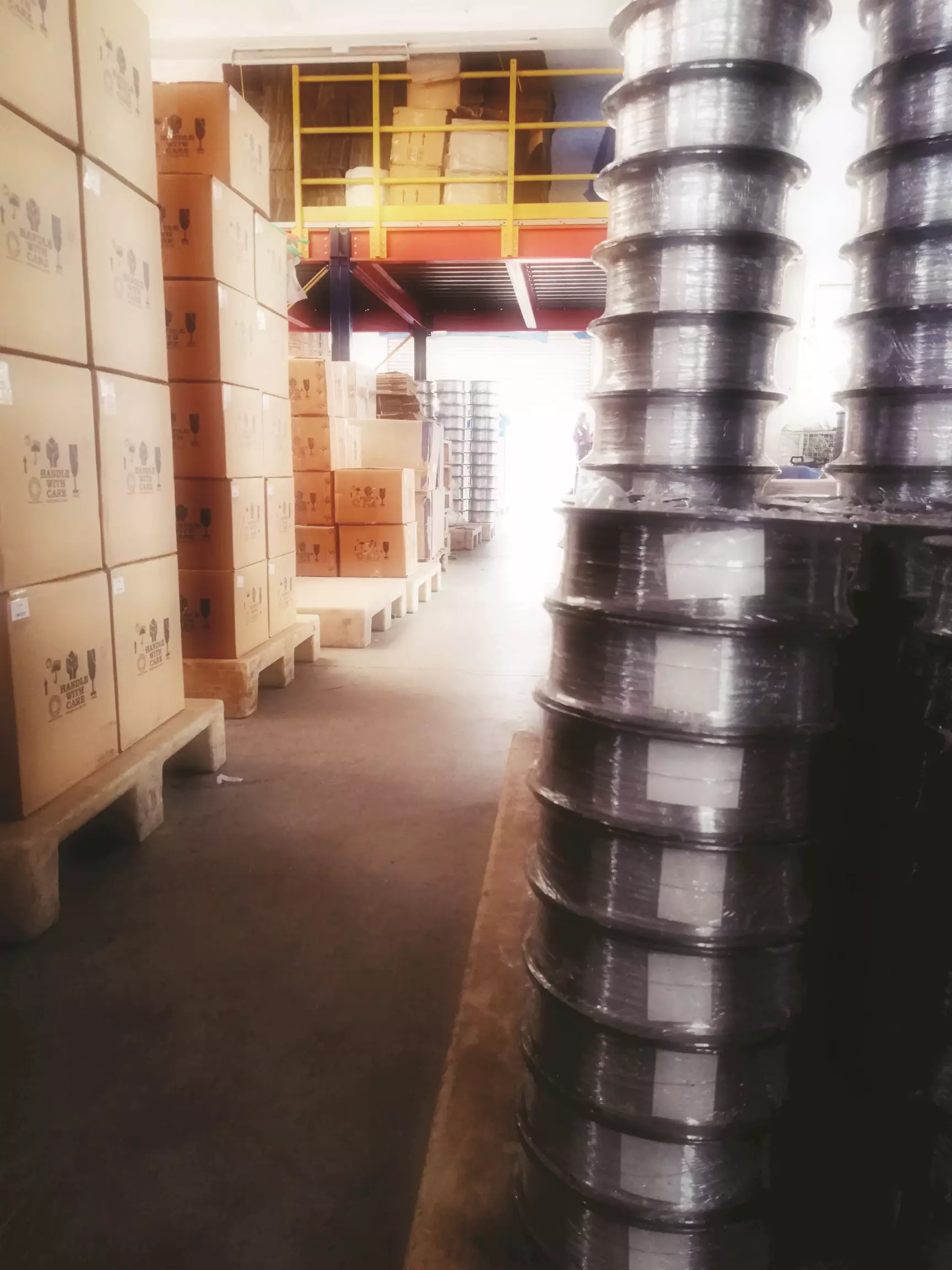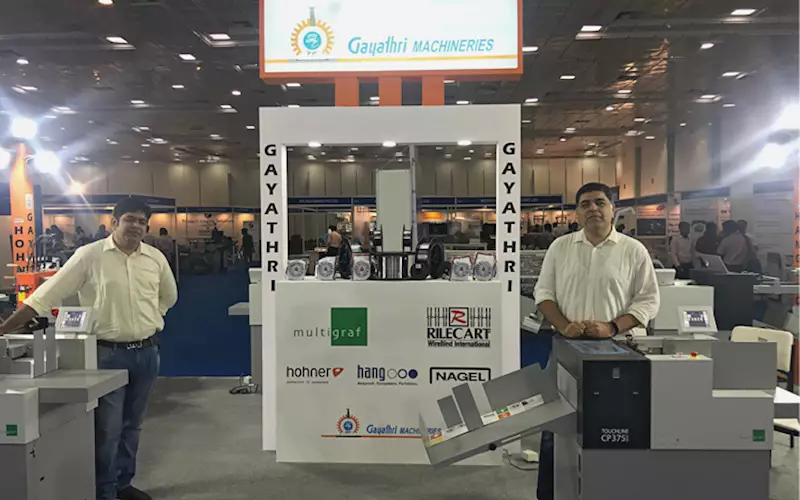Uday Grover: We produce so much wire, it can travel to the moon and back three times over
Uday Grover of Gayathri Machineries has forged a partnership with Switzerland-based Multigraf. The metallurgical engineer talks to Sriraam Selvam about high-end stitching, and wires
06 Nov 2019 | By PrintWeek India
What’s happening in the world of stitching?
We have been in the business of trading stitching wire for 50 years, and we have been manufacturing our own stitching wire for the past 15 years. The innovations we have introduced include custom sizes and larger SKUs. In terms of changes in high-end stitching, I would say saddle stitchers are becoming faster every four years (the Drupa cycle). In 2008, we saw the models from Muller Martini and Hohner produce 12,000 books/ hour and in 2016, we saw machines producing 18,000 books/ hour.
There are also lines from Ferag producing 30,000 books/ hour. But the game-changer was a Swedish company that made stitchers that were capable of stitching at 1,20,000 books/ hour (in line with the production of a web press). This equipment has already come to India, and are being used extensively at most leading newspapers.
And what are the changes you have brought about in the segment?
Earlier only four sizes of wire were made – 20, 22, 24, and 26. It was probably used for inventory purposes. When we started manufacturing, we came up with 15 standard sizes and also gave the customers an option to customise the size of wire with customised machines, we helped the customer reduce the total consumption of the wire. For example, a 24-wire (0.60-mm) will give approximately 455-m but a 24.5 (0.57-mm) will give approximately 505-m. Just by reducing the size by 0.03-mm, we increased the length of the wire by 10% and reduced the consumption for the customer by 10%.
Also, we had seen that people in the industry were reducing the weight of the per piece wire supplied, to convince the customer that their cost was lower than the others. From a 2.25-kg (5-pounds) wire coil, the weight had reduced to 1.4-kg to even 1.2-kg in some markets.
When we introduced our product, we started with a 2-kg spool. This was met by a little resistance in the beginning, but once the binders started using it, they saw that they had a much higher production and lower stoppages resulting in better productivity for them.
We now supply SKUs of up to 40-kg for high-speed saddle-stitching lines and have helped the customer by saving almost 18-20 hours of machine downtime (related to wire stoppages and changing) per month.
 You mentioned to me that the wire you manufacture can reach the moon and return…
You mentioned to me that the wire you manufacture can reach the moon and return…
I meant that we produce so much wire that if we joined it all together then we will cover the distance from the earth to the moon and back three times a year!
Any new products from your stable the industry should keep an eye out for?
We have been introducing SKUs and customised sizes that have helped consumers reduce their overall spend on the wire. We have also upgraded our wire production machines in the past five years. This has helped us increase our production speeds to ensure that we produce wire most cost-effectively and efficiently. So, if the industry is looking for a trouble-free and cost-effective solution, they should get in touch with our distribution channel partners or us.
Any technological innovation in wire to cope with a 13,000-cycle/ hour saddle-stitcher?
Being a metallurgical engineer from IIT Madras, when I started producing the wire, I had to ensure that the product is the best amongst the similar products available in the market. Uniform tensile strength, perfect roundness and clean surface finish help the wire run at high speeds without jamming. The trick is to use the right grade of steel and the right processing of steel to ensure that all these parameters are met.
What is your assessment of the particular products your customers are producing?
We focus on specific segments. These include notebooks, textbooks and publications; commercial printing (catalogues and brochures); magazines; cheque books (security printing); bus tickets and lottery tickets; and special applications. Each of these segments is different and growing at a different pace.
Who are your global allies? And how do you identify them?
The strategy from the beginning was to reach a scale of operation wherein the business can be run by efficient managers and then add more allied products to our portfolio. The first logical product was a machine that consumes our wire. With that in mind, we tied up with Hohner, the best company in the world-making stitching heads and stitching machines. Since then, we have added many machines in the post-press segment in our portfolio with Multigraf being the latest addition.
Tell us more about the product and service improvement project in Chennai that you initiated with your partners.
The customisation and SKU is what we have done to give the customers an edge while using our product. We also tied up with 3PL companies to ensure that we give the customer a trouble-free and timely delivery solution. Since the wire is a comparatively low-value product, customers generally do not track their inventory and while reordering, they always say they wanted the material yesterday. Keeping that in mind we are working with 3PL companies to ensure timely deliveries to our customers.
 What’s happening with Hohner and La Pietra notebook-making machines in India?
What’s happening with Hohner and La Pietra notebook-making machines in India?
We have sold two La Pietra machines in a year and then had to stop as the Indian customers were happy with the low-priced alternatives. The Indian companies have also worked very hard and have improved the quality of the machines substantially. We are still optimistic about the industry. We hope once there is sufficient consolidation, customers will be open to buying better and more efficient machines.
On the bright side, we are doing really well with Hohner. We are selling almost 1,500 stitching heads a year (through seven-eight OEMs and direct sales to customers). We are also selling an average 10-12 Hohner stitching machines per year. We have also built up a healthy pipeline and are hopeful that we will be able to get our first fully automatic saddle-binder in India very soon.
Apart from this, we are also helping customers by servicing their old (sometimes second hand) Hohner stitching heads and machines. We have had success in replacing stitching heads on many secondhand Muller Martini machines with Hohner heads.
One thing about Gayathri our readers do not know about?
We are a 55-year-old company when it comes to customer satisfaction, but a start-up when it comes to customer acquisitions. Being an old company, we have the added responsibility of taking care of the legacy that our forefathers have left us. We just cannot add any product in our portfolio.
We have a process by which we evaluate machine manufacturers carefully even if it requires visiting them multiple times in their country. Only when we are completely satisfied that the machines are excellent and the people helpful, that we start negotiating contracts. This process of selection has always helped us bring the best quality products to the Indian market.
Gayathri’s post-press solutions
| Wire stitching |
|
| WireO binding |
|
| Paper drilling |
|
| Cutting |
|
| Eyeletting and riveting |
|
| Round cornering |
|
| Creasing, perforating, folding |
|











 See All
See All